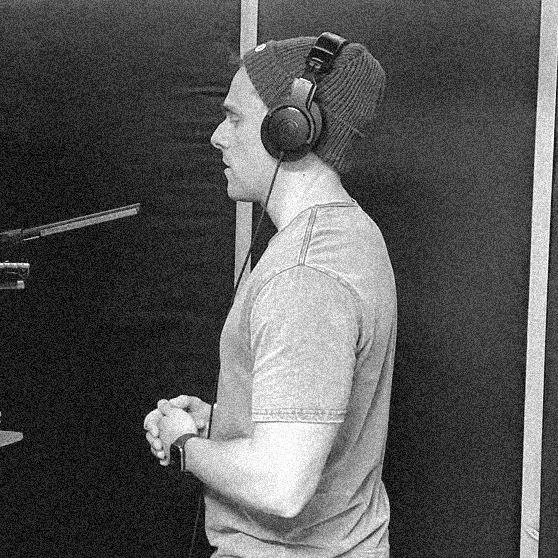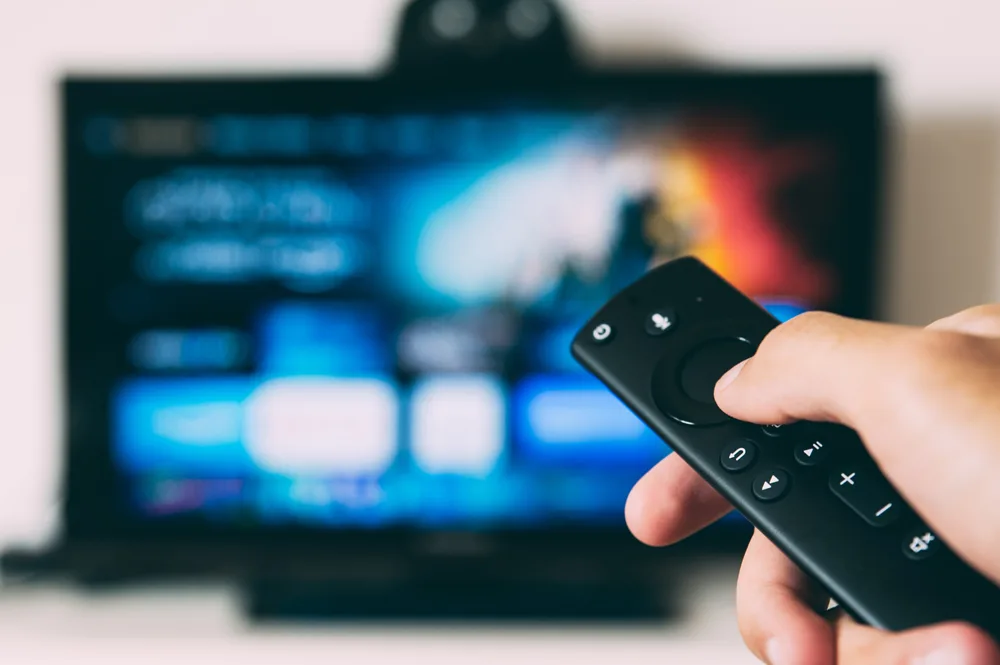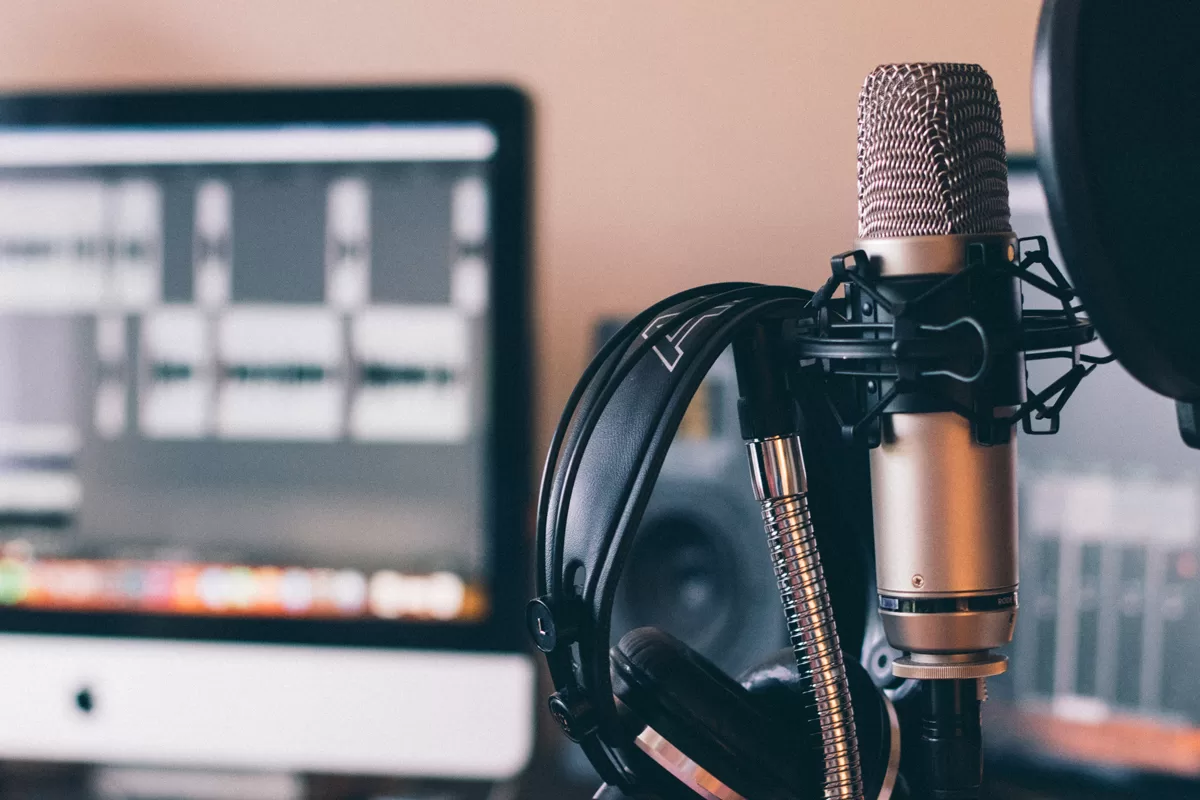Audio descriptions provide a richer and more immersive experience by offering auditory narrations of visual elements during a programme.
During gaps in dialogue, the narration describes visual elements such as scenes, settings, actions and costumes.
Earlier this month, the ABC announced their expansion of audio descriptions to ABC iview, where more than 100 titles across multiple platforms will make programs like Bluey, Four Corners and Australian Story more accessible to viewers.
Below is an audio description (script) from The Hunger Games film.
Signs on a tall wire fence read “District boundary: no access beyond this point” and “high voltage”. Katnis steps through a gap in the wires and into the woods beyond. She glances around before reaching into the hollow of a fallen tree. She draws out a wooden bow. From another tree she plucks out a sheath of arrows and straps it over her shoulder. Katnis makes her way through thick, green vegetation. Bow and arrow at the ready, she walks over a fallen tree suspended over the forest floor. She pauses, her gaze locked on a deer in the distance. Leaning against a tree trunk, she aims the bow and arrow. The deer sniffs the air and moves out of sight.
As is clear from the Hunger Games narration, viewers had to rely on someone to tell them what was happening on screen when there was little or no dialogue. This meant the viewer often missed out on important story details and the true experience of the programme.
According to an ABC and SBS audio description survey, 95% of people who are blind, or have low vision are engaging with video most days, or every day.










